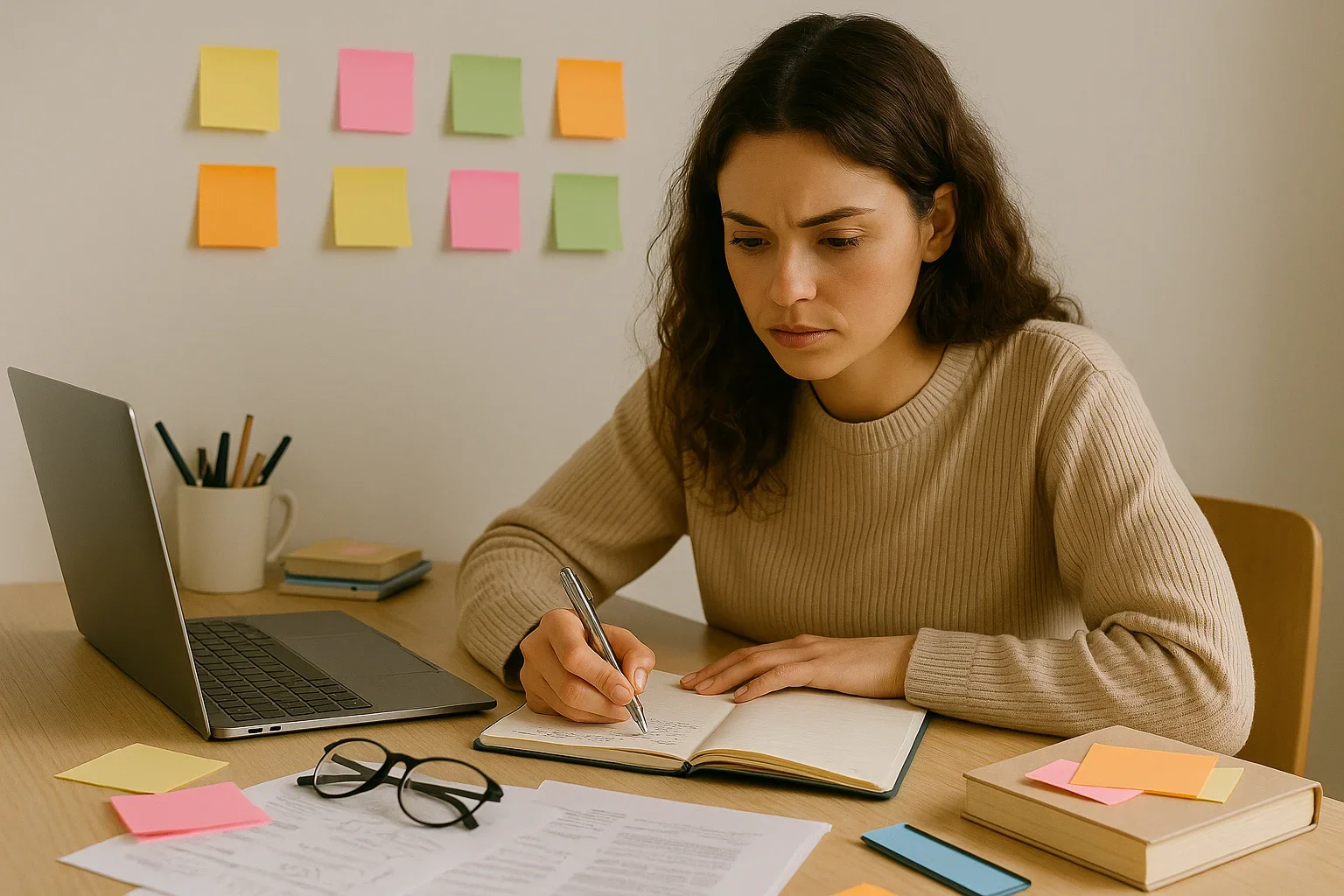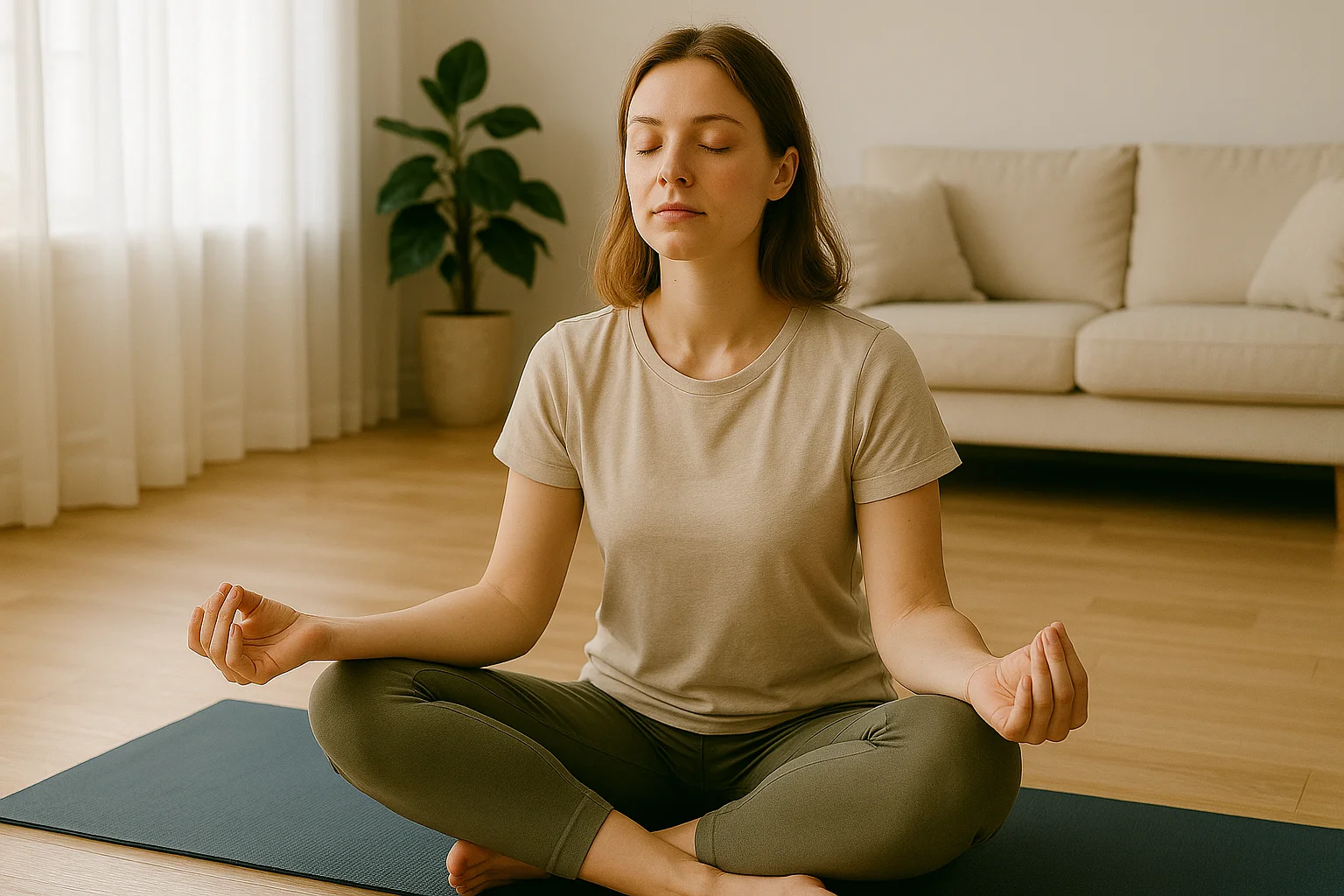ADHD in Women: A Practical Guide to Spotting Hidden Symptoms and Building Daily Routines
When most people hear “ADHD,” they picture a fidgety child who can’t sit still in class. But the reality is far broader and often much more subtle, especially for women. While ADHD symptoms in women often differ from those in men, they can be subtle and easily mistaken for stress, anxiety, or simple forgetfulness. This is one reason so many women reach adulthood without ever realizing that ADHD is influencing their daily lives all along.
Unlike the stereotypical hyperactive boy, women often present with less obvious signs: emotional ups and downs, constant mental exhaustion, or the feeling of juggling far too many tasks at once. These struggles are real, but because they don’t always “look like” ADHD, they are brushed off as personality nuances or poor time management. The goal of this guide is simple: to help you recognize these signs and begin building daily routines that make life feel a little more manageable and less overwhelming.
Why ADHD Looks Different in Women
So why does ADHD show up in women in ways that are harder to spot? A few key reasons stand out:
- Social expectations. From an early age, girls are often expected to be neat, organized, and responsible. Many learn to “mask” their difficulties by overcompensating: color-coding school notes, spending hours double-checking tasks, or striving for perfection to hide their disorganization.
- Masking behaviors. Women are particularly skilled at covering up struggles. They might look calm and capable on the outside while internally feeling like their brain is in overdrive. This masking can delay diagnosis for years.
- Overlap with other conditions. Symptoms of ADHD can look a lot like anxiety, depression, or even chronic stress. A woman might seek treatment for mood swings or exhaustion, never realizing that ADHD is part of the picture.
- Everyday examples. In real life, these differences might show up as constantly misplacing keys, struggling to balance work and family, or feeling emotionally drained after multitasking all day. What seems like simple forgetfulness is often part of a larger pattern.

Hidden Symptoms You Might Miss
Chronic Fatigue and Overwhelm
Many women with ADHD live in a near-constant state of exhaustion. The mental effort of staying “on top of things” leaves them drained, even when they appear productive on the outside.
Emotional Sensitivity and Mood Swings
Frequent ups and downs, irritability, or taking criticism to heart can be part of ADHD — not just “being too emotional”. These shifts often go unnoticed as a potential symptom.
Time Management Struggles
Running late, missing deadlines, or putting off tasks isn’t laziness, it is often an executive function challenge. For women juggling work, kids, and household duties, this symptom can be especially disruptive.
Inconsistency and Burnout
The pattern is familiar: start a new project with enthusiasm, only to abandon it midway once the initial excitement fades. After some time, this cycle will lead to frustration and self-doubt.
Forgetfulness in Everyday Life
It’s not just about missing big deadlines. Women with ADHD often forget small but important things: paying bills on time, scheduling appointments, or remembering where they put their phone.
Hidden Perfectionism and Anxiety
Ironically, many women with ADHD cope by becoming perfectionists. They spend hours over-preparing or second-guessing themselves, which creates a layer of anxiety that hides the underlying ADHD.
Building Daily Routines that Actually Work
Living with ADHD doesn’t mean you have to accept daily chaos as the norm. Routines can feel boring at first, but for women with ADHD they provide structure, calm, and freedom from decision fatigue. The trick is to make them realistic, not overwhelming. So, below you can see a step-by-step guide to building routines that actually stick.
Step 1: Start Small
Forget massive planners filled with a hundred tasks. Begin with short, focused checklists. For example, instead of writing “organize the whole house”, start with “sort mail” or “fold laundry.” The satisfaction of completing even small items creates momentum and momentum matters more than perfection.
Step 2: Try Time-Blocking
Instead of chasing every task as it pops up, carve out blocks of time for categories of activities. Morning might be for work emails, afternoon for deep projects, and evening for personal tasks. By grouping similar activities together, you reduce mental clutter and stop bouncing from one distraction to another.
Step 3: Use Visual Reminders
Sticky notes on the fridge, a color-coded calendar, or even a simple whiteboard by your desk can keep tasks front and center. Visual cues are powerful for the ADHD brain — they reduce the need to “remember everything” and turn reminders into something you literally see every day.
Step 4: Break Tasks into Mini-Steps
Big tasks often feel like mountains. Instead of “write report”, break it down into “open document,” “create outline,” and “write first paragraph.” Each mini-step is a win, and these wins add up. Smaller chunks also lower stress and make it easier to push through the urge to procrastinate.
Step 5: Plan Recovery Time
Women with ADHD often forget that rest is part of productivity. Schedule recovery time into your day: short walks, deep breaths, or even a quick stretch. These small pauses reset your brain and keep burnout at bay, so think of them as fuel stops on a long way.
Digital Tools and Cognitive Training for Focus
Routines are a great foundation, but let’s be honest — habits alone can only take you so far. This is where technology steps in as a real ally. Take Mind Elevate, for example. This brain-training app was created with focus and memory in mind, so it doesn’t overwhelm you with generic tasks.
Instead, it starts with a short test to map your strengths and challenges, then recommends personalized exercises. With over 35 games spanning logic, math, music, and memory, it feels more like a mental gym than a checklist.
What makes it especially valuable for women with ADHD symptoms is the personalization. Instead of broad, one-size-fits-all advice, you get workouts fine-tuned to improve the exact skills you struggle with most. To keep things engaging, the app adds:
- Daily challenges that make practice consistent.
- Progress tracking to show how far you’ve come.
- A mix of game categories to train different brain areas without boredom.
And the numbers speak for themselves. Studies with similar cognitive training tools show:
- +17% to reaction speed after just 1 week of training.
- 1.6x improvement in concentration within a month.
- 2.1x boost in attention to detail after 2 months.
- +19% memory gains in only 2–3 weeks.
When you combine practical routines with digital brain support like this, you end up with a system that’s structured but still flexible — a balance that makes living with ADHD more manageable day to day.
Lifestyle Strategies to Support Your Brain
Managing ADHD isn’t just about willpower — it’s about creating the right environment for your brain to thrive. Small, everyday habits can have a surprisingly big impact. Here are a few key lifestyle strategies to try:
| Strategy | Why It Matters | How to Put It into Practice |
| Prioritize sleep | Lack of rest makes focus and mood swings worse. | Aim for 7–9 hours, set a bedtime routine (no screens before bed, dim the lights). |
| Stay active | Movement helps burn off excess energy and lowers anxiety. | Try short daily workouts, yoga, or even brisk walks. And remember that consistency is more important than intensity. |
| Eat smart | Stable blood sugar and healthy fats fuel concentration. | Balance protein, carbs, and fiber at meals; add omega-3s (salmon, chia seeds, walnuts). |
| Mindfulness and breathing | Calms racing thoughts and improves emotional control. | Practice 5 minutes of deep breathing or guided meditation in the morning or before stressful tasks. |
Pro tip: Don’t try to overhaul your life in one go. Pick just one strategy from the list and stick with it for a few weeks. Once it feels natural, layer in another. And remember that progress is more powerful than perfection.

Finding Balance, Finding Strength
Recognizing hidden ADHD symptoms is only the beginning. What truly changes daily life is learning to work with your brain, not against it. So you can start with small lifestyle adjustments paired with digital apps that keep you organized and mindful.
Most importantly, ADHD doesn’t have to feel like a barrier. With the right support and strategies, women can move from just “managing” to actually thriving — turning unique challenges into strengths.
When most people hear “ADHD,” they picture a fidgety child who can’t sit still in class. But the reality is far broader and often much more subtle, especially for women. While ADHD symptoms in women often differ from those in men, they can be subtle and easily mistaken for stress, anxiety, or simple forgetfulness. This…